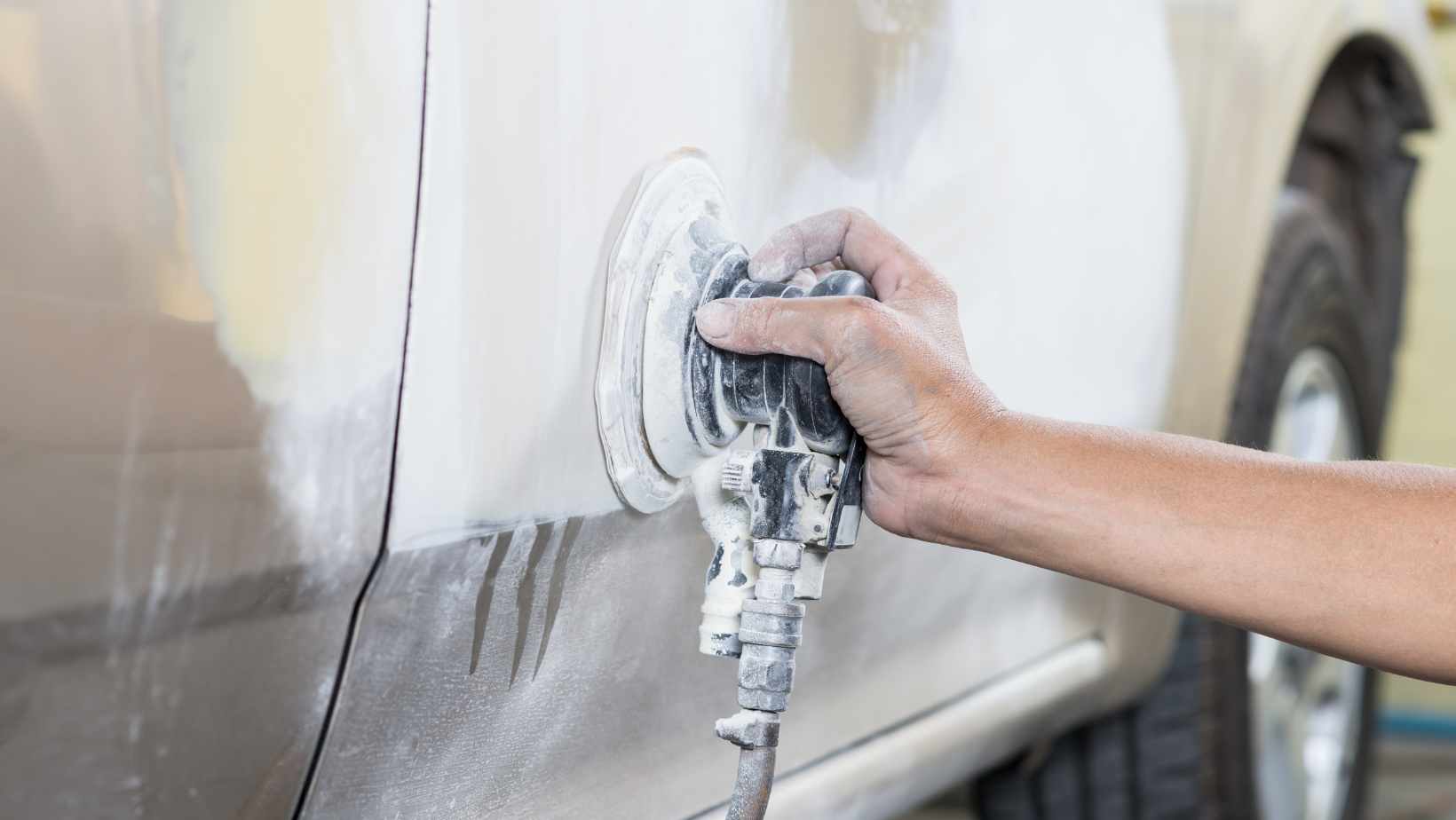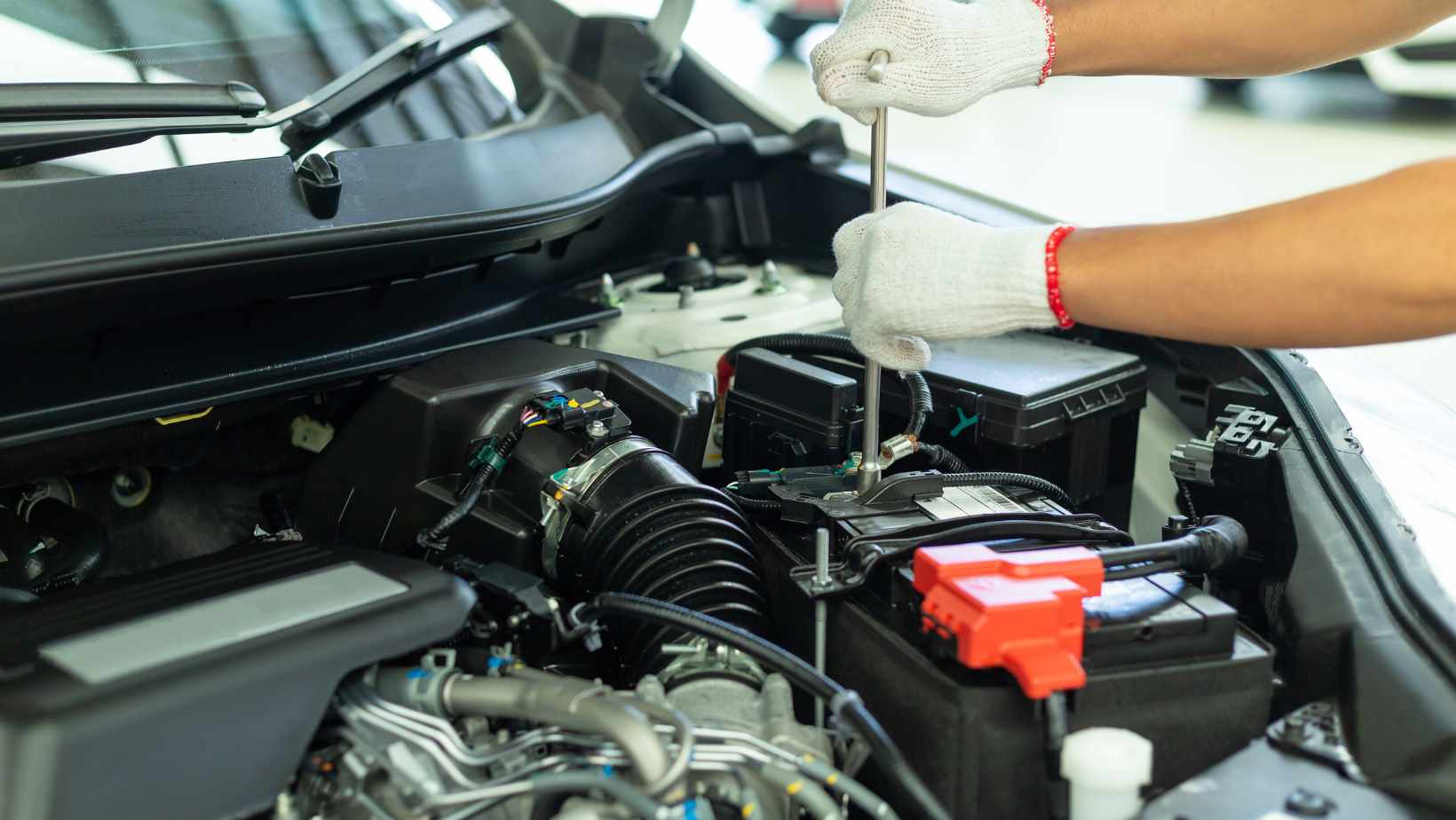When it comes to car repairs, having a proper receipt is essential. A car repair receipt serves as proof of the services rendered and the associated costs. It provides important details such as the date of service, description of work performed, parts replaced, labor charges, taxes, and any warranties offered. Whether you’re dealing with warranty claims, insurance reimbursements, or simply keeping track of your expenses, a well-documented car repair receipt can save you time and headaches.
Having a detailed car repair receipt not only helps you stay organized but also enables you to understand what exactly was done on your vehicle. It allows you to verify that the repairs were completed as agreed upon and gives you peace of mind knowing that all necessary repairs have been accounted for. In case of any future issues or disputes, having a clear record in the form of a car repair receipt can help protect your interests.
Car Repair Receipt
When it comes to car maintenance and repairs, keeping track of the receipts may not be at the top of your priority list. However, holding onto those little pieces of paper can actually prove to be quite beneficial. Let’s dive into why you should make it a habit to keep your car repair receipts:
- Expense Tracking: One significant advantage of keeping car repair receipts is that they help you track your expenses accurately. By retaining these records, you can easily refer back to them when needed and have a clear understanding of how much money has been spent on maintaining or fixing your vehicle.
- Warranty Coverage: Many vehicles come with warranties that cover certain repairs and replacements within a specific time frame or mileage limit. Holding onto your car repair receipts is crucial in order to validate warranty claims. Without proper documentation, you may find yourself struggling to prove that the repairs were done under warranty, potentially resulting in out-of-pocket expenses.
- Resale Value: Planning to sell your car down the road? Well, having a comprehensive record of all the repairs and maintenance performed on your vehicle can significantly boost its resale value. Prospective buyers will feel more confident knowing that the vehicle has been well taken care of, as evidenced by the documented history.

Understanding The Components of a Car Repair Receipt
When it comes to getting your car repaired, receiving a detailed and accurate receipt is essential. It not only serves as proof of payment but also provides valuable information about the services rendered and parts used. In this section, I’ll break down the key components you’ll typically find on a car repair receipt.
- Invoice Details:
- Date: The date when the repair work was completed.
- Invoice Number: A unique identifier for easy reference.
- Customer Information: Your name, address, and contact details.
- Vehicle Details: Make, model, year, and VIN (Vehicle Identification Number).
- Service Description: This section outlines the specific repairs or maintenance tasks performed on your vehicle. It should include clear descriptions of each service along with any additional notes provided by the technician.
- Parts Used: Here you’ll find a breakdown of all parts replaced during the repair process. Each part should be listed separately, including its name, quantity, part number (if available), and individual cost.
- Labor Charges: The labor charges section includes details about the time spent on each repair task along with corresponding rates per hour or flat fees. It’s important to note that labor charges can vary depending on factors such as location and complexity of the job.
- Subtotal and Taxes: This portion summarizes all costs incurred before taxes are applied. It includes both cost and labor charges.
- Additional Fees: If there are any additional fees associated with your car repair (such as disposal fees or environmental charges), they should be clearly outlined in this section.
- Total Amount Due: The total amount due represents the final cost after adding taxes and any additional fees to the subtotal.
- Payment Method: This component specifies how you paid for the repairs – whether it was cash, credit card, check, or another form of payment.
- Warranty Information: If the repair is covered by a warranty, this section will include details about the warranty terms and conditions, including any limitations or exclusions.
- Contact Information: The receipt should provide contact information for the repair shop or mechanic who performed the work. This allows you to reach out in case of any questions or concerns after leaving the premises.
By understanding these components found on a car repair receipt, you can ensure transparency and accountability in your automotive repairs. It’s always recommended to carefully analyze your receipt to confirm that all services, parts, and charges are accurate before making any payments.








































